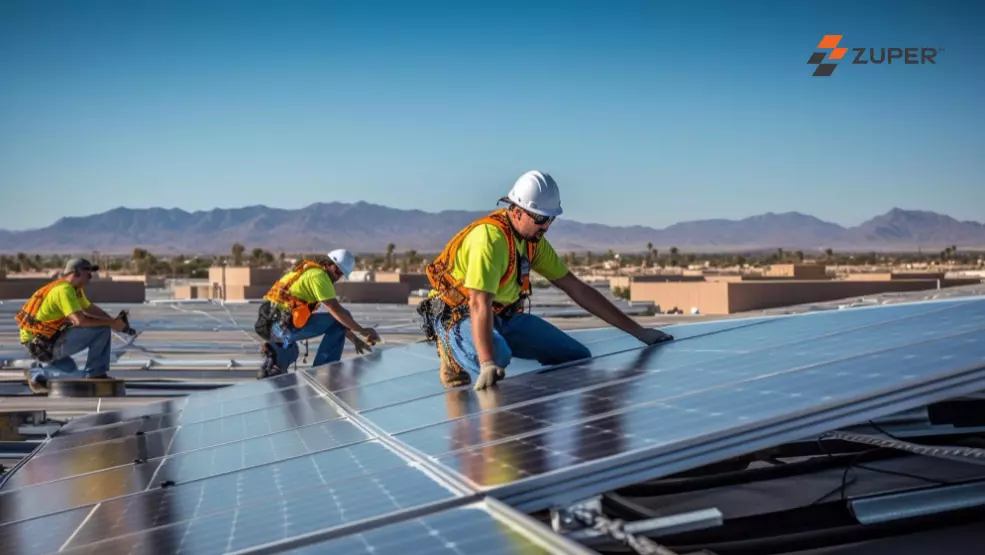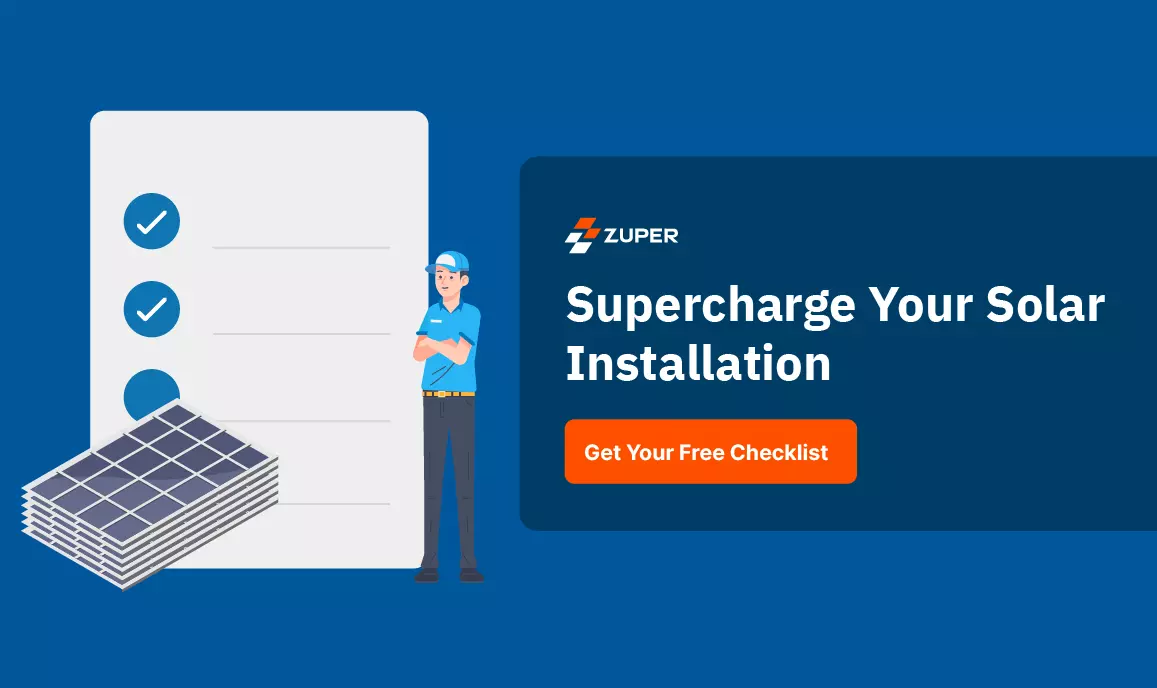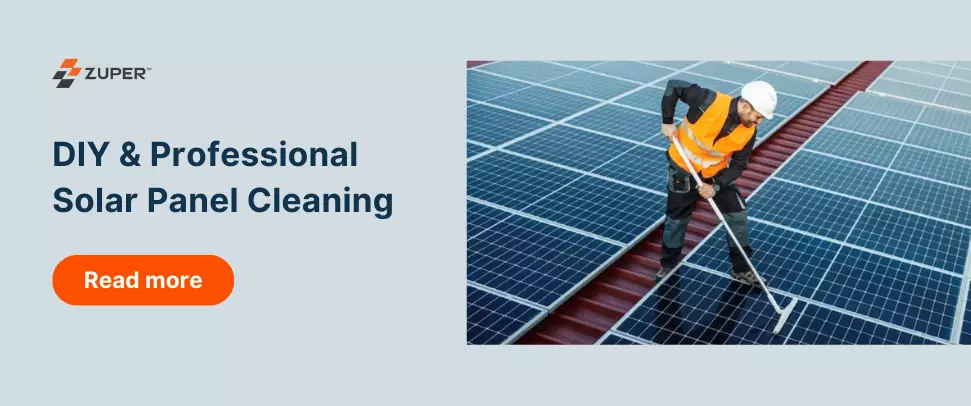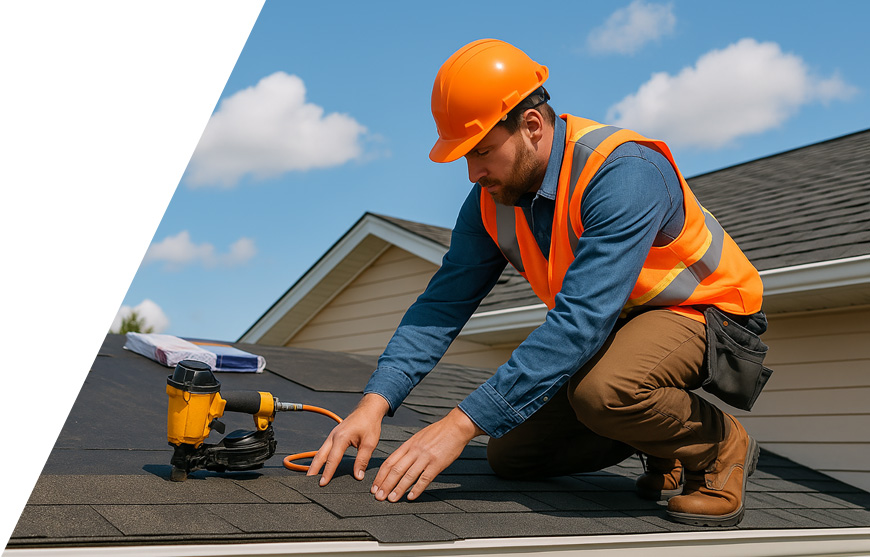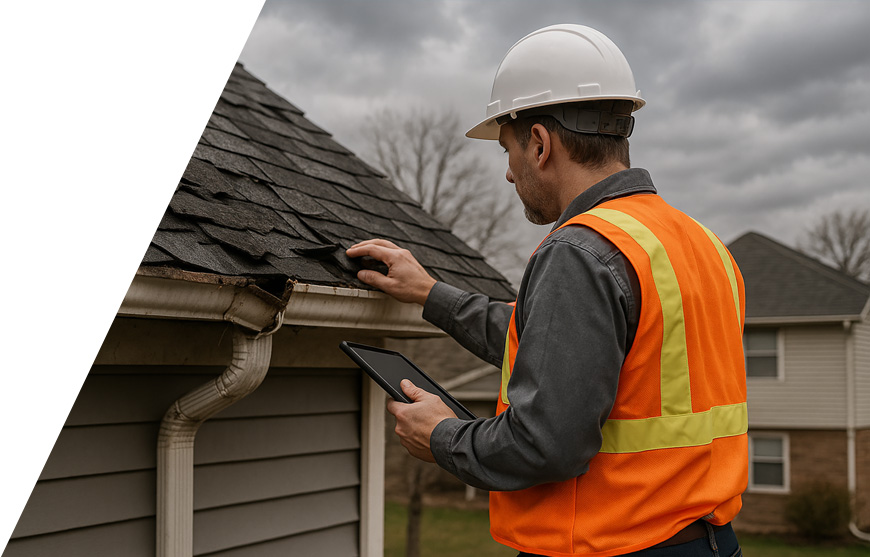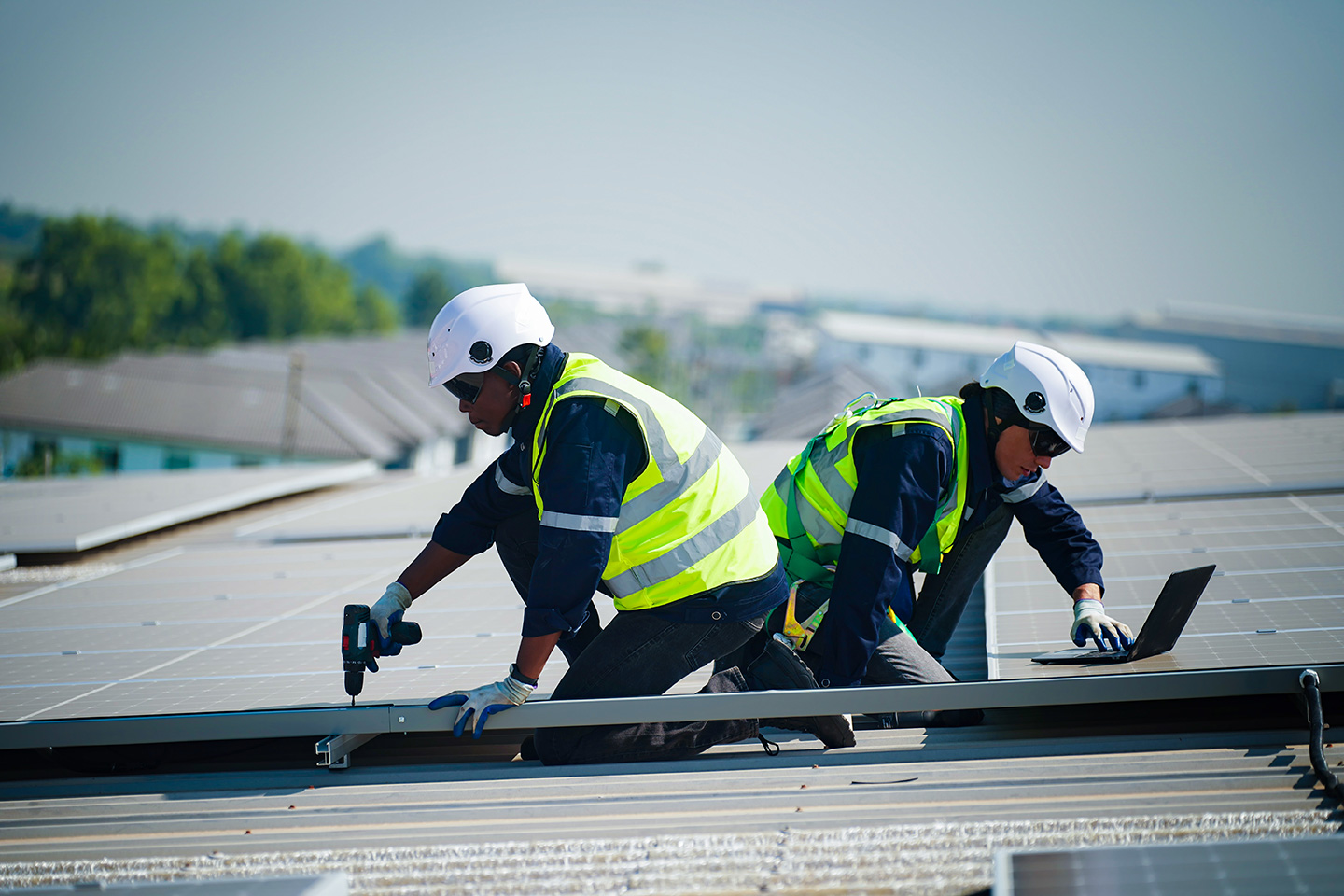Solar maintenance is a proactive approach to safeguarding your customer’s investment and building brand trust. After the successful installation of solar panels, next up is maintenance. Proper maintenance of solar panels helps keep them operating at peak efficiency. By opting for regular inspection, cleaning, and monitoring, your customers are expecting consistent power production. Read on to learn about the “must-dos” in solar maintenance and build a happy customer base.
Need for solar panel maintenance
If you have read our blog “Why is solar energy a bright investment,” you know that solar panel businesses have tremendous potential. One of the big advantages of solar installation is that once installed, the panel has a life expectancy of 30 years. However, the solar panels must go through regular maintenance to effectively reach a life span of 30 years. A recent report by the National Renewable Energy Laboratory (NREL) found that an efficiency reduction of up to 25% can be caused by dust build-up on solar panels. To maximize the energy produced by your panels, you must maintain them.
Be it a residential or commercial setup, solar panels are exposed to open air, making them susceptible to airborne particles, fallen leaves, debris, bird dropping, snow, and build-ups of ice. These accumulations make cleaning solar panels mandatory not only for aesthetics but also because they can reduce energy production—blocking the reception of sun rays. If you want your solar panels to be efficient 24×7 without any disturbance in energy production, conducting regular maintenance is critical.
Read more: 10 Solar Marketing Strategies You Can Start To Use Today
Step one in maintenance: Clean your solar panels
Step one in solar maintenance is cleaning solar panels. Most of the time, the trouble is due to some obstruction, like snow, dirt, or other accumulated debris. Periodic cleaning of your solar panels should be the first step in your maintenance plan.
How to clean your solar panels
To clean solar panels, you can use your field technicians or robots. With the manual method, pressurized water is used to hose off the paneling. If the angle of the solar panel is perfect, like 30°, then soot and debris should be easily washed away. Using robots for cleaning is one of the new trends in the solar panel industry. Statistics by Centres for Disease Control and Prevention say that more than 100 people die from ladder accidents. By using robots to clean solar panels, you can ensure the safety of your technicians.
Step two in maintenance: Inspection of components
The next task in solar maintenance is the inspection of all components of the panels, which includes,
- PV cells
- Aluminium frame
- EVA film layers
- Toughened glass
- Junction box
- Polymer rear sheet
- Invertor
Inspection checklist
1. Photovoltaic modules (Solar panels)
- Inspect modules for damage.
- Address array shading issues.
- Adjust array tilt for optimal sun exposure.
2. Balance of System (BOS)
- Check screw connections for tightness.
- Inspect and clean all electrical equipment.
- Inspect array mounting system for any issues.
3. Mounting systems
- Ensure proper functioning of the solar panel mounting system.
- Check for cracks or damage.
4. Combiner box
- Verify the tightness of electric connections.
- Inspect for any signs of damage or wear.
5. Solar charge controllers
- Check the functioning of solar charge controllers.
- Inspect for any visible damage.
- Batteries for Solar Electric Systems:
- Load-test batteries to assess performance.
- Inspect battery enclosure for any issues.
- Inspect battery terminals and connections.
6. Solar inverters
- Inspect the interior cabinet for dust or debris.
- Verify proper functioning of the inverter.
- Check for any signs of damage.
7. DC and AC disconnects
- Inspect and ensure proper functioning of disconnects.
8. Additional checks
- Check the fan functioning within the system.
- Inspect the array for any damage or wear.
- Address any visible cracks or structural issues.

Step three in maintenance: Repairs
The next task in solar maintenance is repairs and, if needed, replacements. While commonplace issues like dust, debris, and soot generally don’t cause panel cracks, certain situations can lead to damage. High winds might push objects that result in cracks. When heavy snow and ice accumulate during intense blizzards, panels may break, and using high pressure water while cleaning can also cause damage.
After your technicians have cleaned and checked the panels, they will know what needs to be fixed or replaced. It is worth noting that repairs and replacements are often covered by warranty guarantees. Your exceptional service can be displayed here, which is a good way to build customer loyalty. So, technicians must ensure that they are completing the maintenance task effectively by addressing the issue.
Read more: Maintenance & Repair = Increased Customer Satisfaction
Solar maintenance costs
Solar maintenance expenses in the US typically range from $150 to $200 each year for customers. As a service provider, these costs can change and depend on the service agreements you offer to your clients. An annual maintenance package typically includes tasks such as cleaning the solar panels, conducting inspections, making repairs, and monitoring performance.
However, these maintenance costs aren’t fixed; they vary based on the service package you provide and the extent of the work required. For instance, some clients might prefer regular monthly cleanings, while others might opt for a yearly combination of cleaning, inspection, and repairs. There is no universal rule that monthly cleaning requires higher costs than a single annual cleaning. The amount of dirt accumulated on the panels can significantly impact the overall expense.
As a solar maintenance service provider, understanding these variables and offering flexible packages can help meet diverse client needs and ensure optimal performance and satisfaction.
Checklist to action
It’s time to take action. This checklist isn’t just a list—it is how you can elevate your maintenance game. You can ensure customer satisfaction and a longer panel life by embracing these steps, from panel cleaning to thorough inspections. Implement what you have learned here, and you will delight your customers with brightly shining panels.
Book a free demo of Zuper Solar Business Software.
Make a difference: For every T-shirt you wear, 2700 L of water is consumed. You hold the power to reclaim gallons of water with every garment you wear. Choose minimalism, Save water. Step up and be a force for good.
Mindful closet for a sustainable future!
